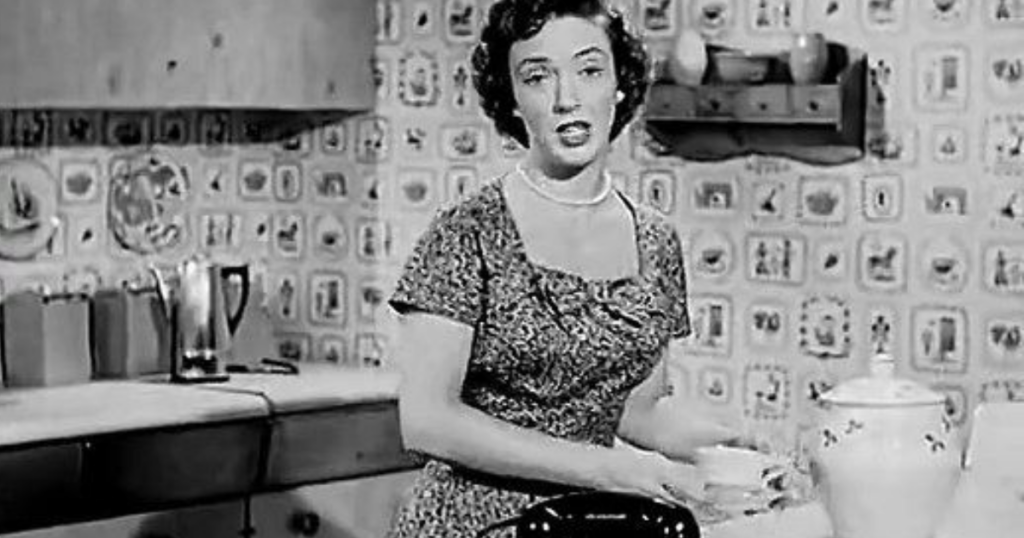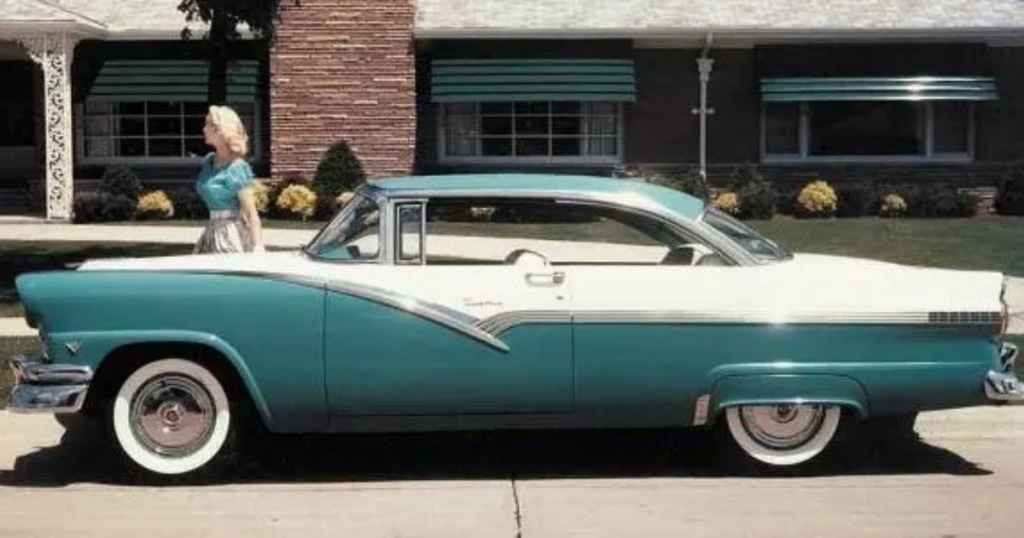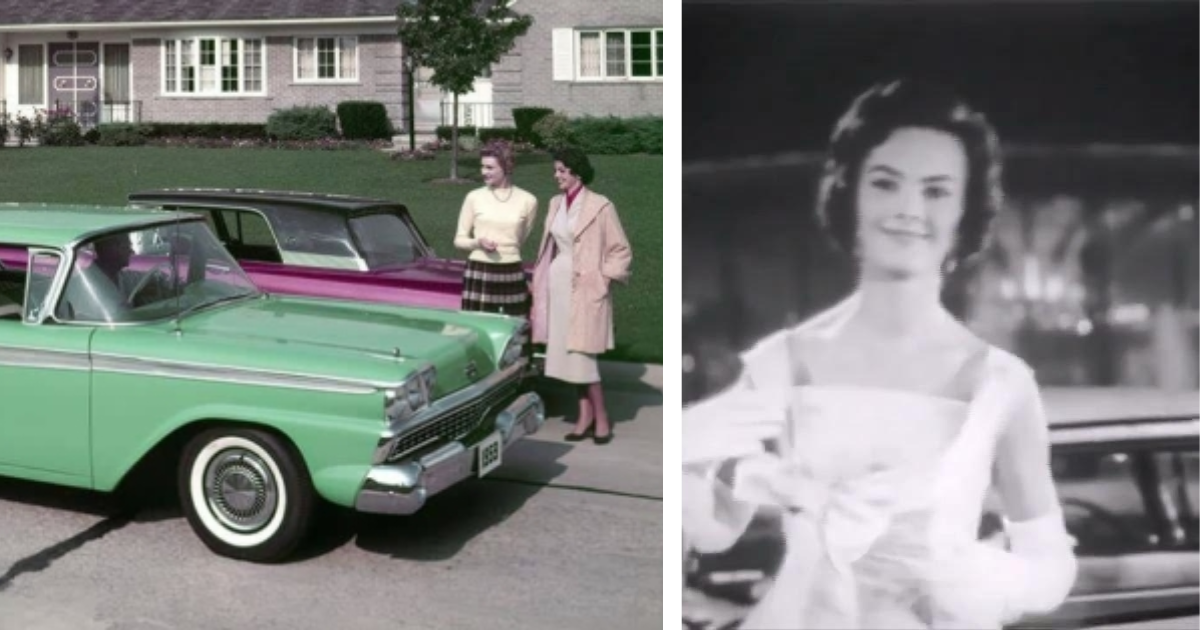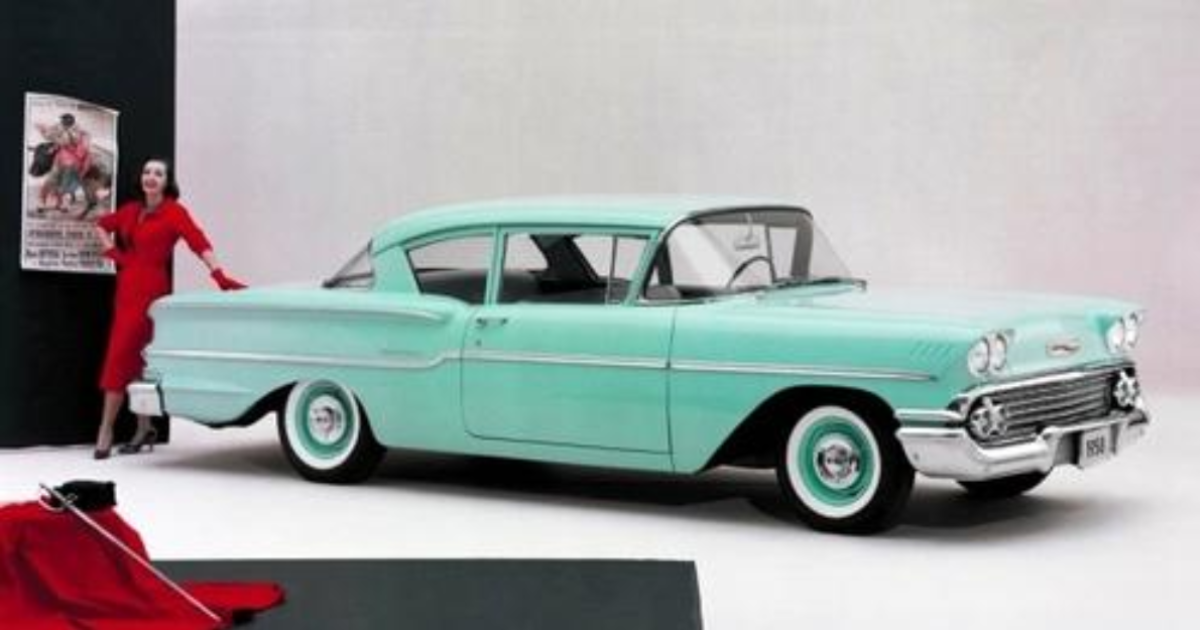
As the Second World War neared its end, a perceptive Ford Motor Company seized on a pivotal demographic shift in post-war America. With families migrating from cities to suburbs in droves and women, previously engaged in the workforce during the war, expressing a desire for more than traditional homemaking roles, Ford recognized an emerging need for two cars per household.
Before the war, one automobile sufficed for most households, but the evolving American lifestyle presented an opportunity for Ford to market the Two-Ford Family concept successfully for many years.

Illustrating this strategic shift, a 1956 Ford commercial featured a young housewife in her kitchen, adorned with pearls, eloquently articulating the situation. The narrative highlighted the necessity of her having a car to navigate the suburbs independently.

The pitch emphasized that, for the cost of one high-priced car, a family could afford two new Fords. Considering the ’56 Ford line’s pricing, ranging from $1,800 to $2,500—half the price of a Cadillac—the offer was compelling, especially with the availability of easy credit.

The commercial showcased the Two-Ford Family’s astute choices—budget-conscious yet stylish. Their selection included the sporty two-door Ranch Wagon, highly coveted by collectors today.

Additionally, their new two-door Victoria hardtop stood out as the rarer Customline model, adorned with understated mid-level trim rather than the more common top-line Fairlane. Both Fords featured in the advertisement, the Ranch Wagon and Customline, epitomized vehicles one would gladly drive any day.

In conclusion, the Two-Ford Family concept summed up not only practicality and affordability but also a touch of style. The advertisement effectively captured the spirit of a changing era, where families embraced suburban living and the notion of two cars became a symbol of modernity. The enduring appeal of these Fords showcased in the commercial remains a testament to the astuteness of Ford’s marketing strategy during a transformative post-war period. Have a look at it below.




